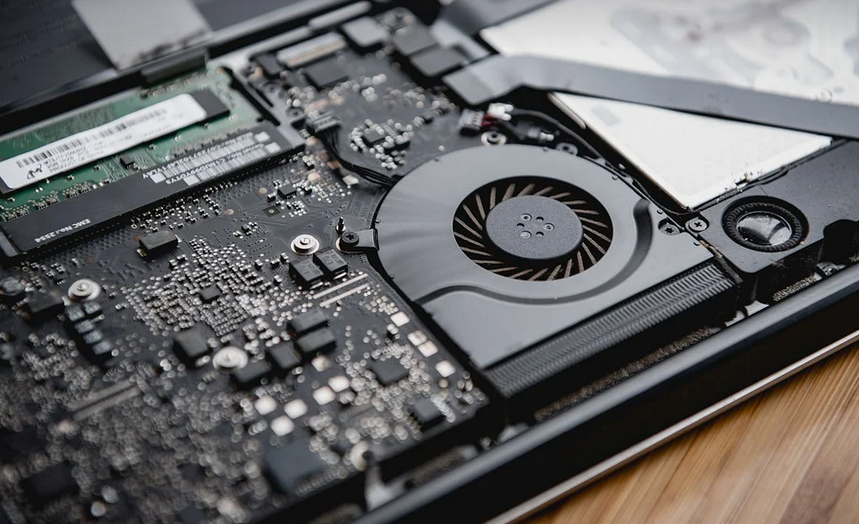Decoding the Mystery: Understanding Your Honda’s Battery Indicator
We all know that feeling of dread when your Honda car’s battery light flickers on. It’s a visual signal that something might be amiss with your electrical system, and it can leave you wondering what exactly is going down. While this warning light is certainly an annoyance, don’t panic! Understanding the causes behind this indicator can help you troubleshoot any potential issues before they escalate into major problems.
The battery light on your Honda typically blinks to signify a need for attention regarding your car’s electrical system. However, sometimes it behaves erratically and stays on even when there’s no apparent problem. Don’t let the occasional flashing or constant illumination of this indicator deter you from exploring the possible causes.
Let’s break down the potential reasons behind a persistent battery light warning on your Honda:
Common Causes for a Battery Light to Come On and Off
**1. Low Battery:** The most common culprit is an undercharged or low-performing battery. This happens gradually over time, often due to high usage or exposure to extreme temperatures. If your car has not been used for extended periods like a long vacation or leaving it in the sun without proper maintenance, you might have a low battery.
**2. Alternator Issues:** The alternator is responsible for charging your Honda’s battery while driving. If the alternator isn’t functioning correctly, it could fail to charge your battery properly, leading to intermittent battery light illumination. Common issues include worn-down bearings, a damaged connection, or even a faulty pulley.
**3. Battery Terminal Issues:** The terminals holding your battery’s negative and positive cables can degrade over time due to corrosion, making them hard for the electrical current to flow through. This can lead to poor contact and intermittent battery light issues. A careful visual inspection of the terminals is a good first step in troubleshooting.
**4. Damaged Wiring:** Electrical wiring that has been damaged by extreme temperatures or external factors like harsh weather, rodents, or vandalism, can affect your car’s electrical system, potentially causing erratic behavior with the battery light. It’s crucial to check the wiring for any visible damage.
**5. Electrical System Malfunction:** The battery light might come on due to a malfunctioning power distribution system in your Honda. This could be caused by faulty sensors, control modules, or even loose connections within the electrical circuit. A comprehensive diagnostic test is necessary to pinpoint and solve this issue.
**6. Sensor Malfunction:** Some sensors are vital to ensuring your car’s efficient operation. If a sensor related to battery readings malfunctions, it can trigger the battery light to flash erratically.
Troubleshooting Steps: What To Do When Your Honda’s Battery Light Comes On and Off
Here’s how you can troubleshoot the problem when your Honda’s battery light comes on.
* **Check Your Visual Battery:** You know those “red warning” symbols that indicate a low level of charge? Well, there’s a chance your car has just lost some power. Try to turn on all your car’s electronics and see if the lights dim or flicker. If your car’s engine doesn’t start, you might have a dead battery and need to jump-start it! * **Check Your Battery Terminals:** The most common reason for intermittent battery light issues is corrosion. If the terminals are corroded, make sure to clean them thoroughly with a wire brush and baking soda solution. A bit of elbow grease can do wonders for your car’s electrical system and prevent future problems.
**3. Get Expert Help:** If you’ve ruled out obvious possibilities like low battery charge or dead terminals, it might be time to call in the experts. Taking your Honda to a trusted mechanic is always recommended for a correct diagnosis if your battery light persists. They have access to specialized tools and diagnostic knowledge that can pinpoint the root cause of the issue.
**4. Prevention Is Key!:** As with most things, prevention is the best course of action when it comes to car maintenance. Regular car washes can protect your battery from road salt and corrosion. You should replace your car’s battery every 3-5 years or sooner if you experience frequent battery light issues. If you have a long commute, make sure to let your car idle for a few minutes after each drive.
**5. Regular Maintenance:** Having a regular maintenance schedule is an excellent way to prevent unexpected problems down the road. Regularly checking your car’s electrical system and battery will help you identify problems early on and avoid costly repairs in the long run.
